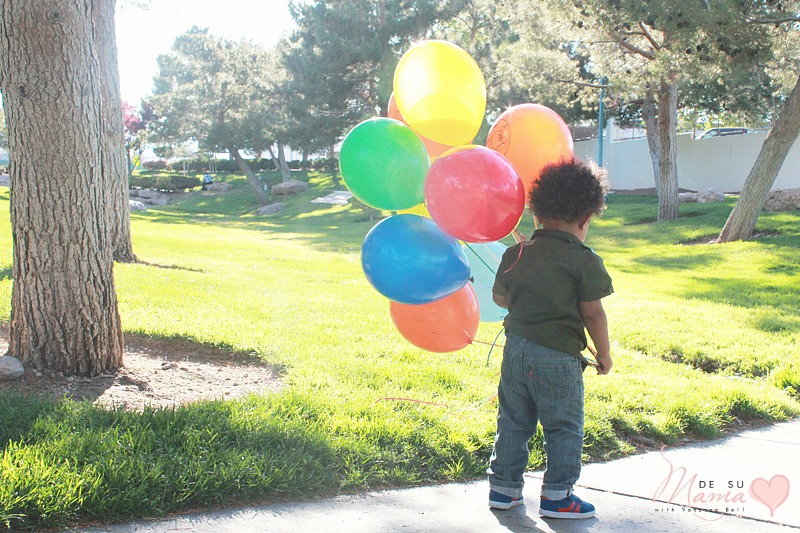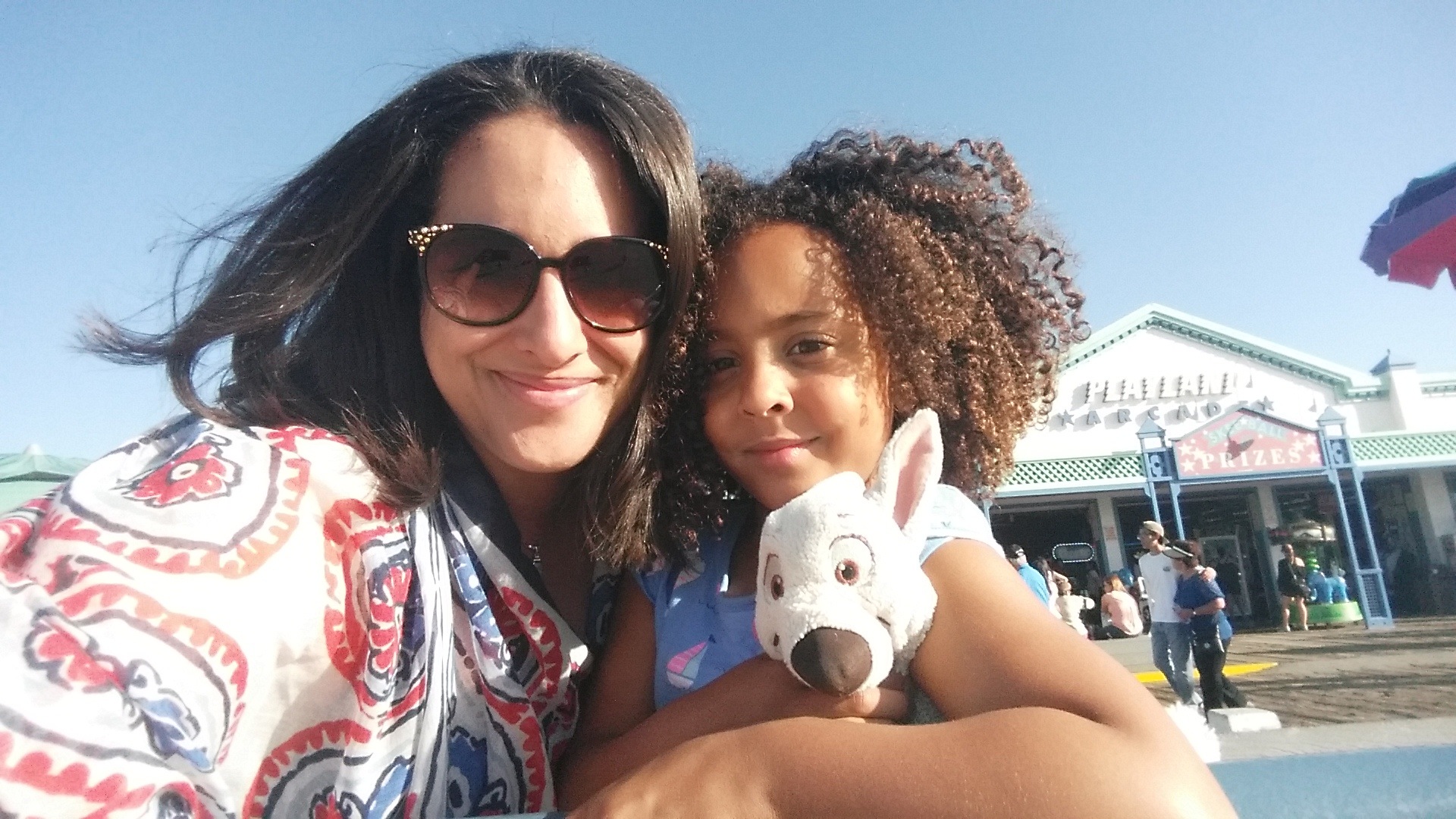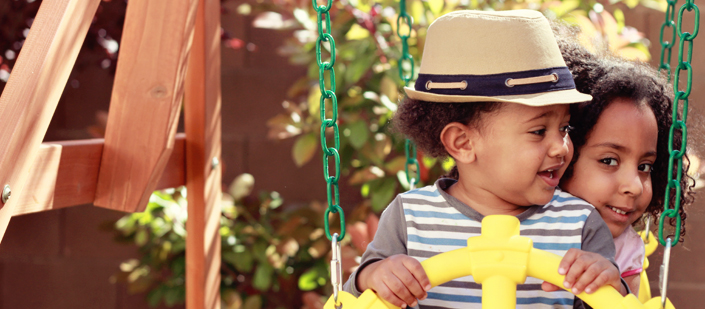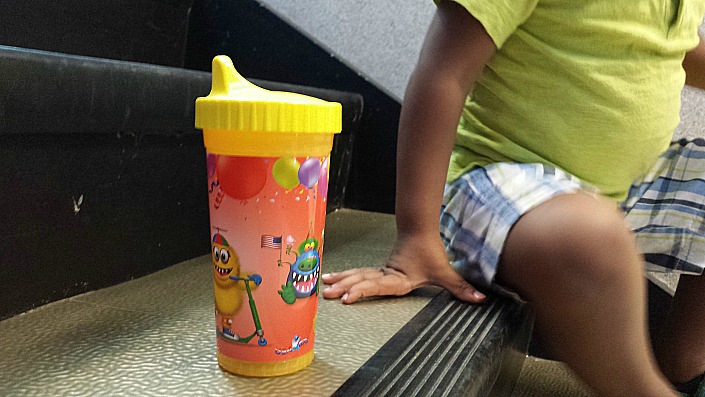Discussing racial identity with multiracial and biracial children is a challenge for many parents. They may have difficulty due to the weight of their own experiences with culture and want to protect their kids from the same. Other parents might struggle with translating complex ideas such as race and racism into an age-appropriate language that a kid would understand. But it’s time to learn the biracial definition, as well as other common terms often use incorrectly.
Biracial Definition
So what does biracial mean? It’s helpful to first have working definitions for terms commonly heard and used by multicultural families raising biracial kids. Having these matter-of-fact definitions will make it easier to answer your child’s questions about cultural identity and respond to challenges they may encounter
The biracial definition is…
Biracial Couples do not exist! Biracial People do. You would instead use the term “interracial” to describe an relationship of more than one race.
Related: What to Expect When You’re Expecting Biracial Babies
Mixed Race
To begin, let’s look at what race is. Race refers to genetic traits and physical appearance. Race is a broad categorization of people based on physical features such as skin complexion, hair texture, facial features, etc., that are commonly expressed by people of a particular region of the world. A large subset of people argue that discussions on race are moot because it exists as a societal construct to divide and segregate (see below). Mixed Race is used to refer people with at least two races, sometimes more. Also often referred to as mixed, these terms are commonly used interchangeably.
Multiracial
Multiracial is defined as those with two or more racial backgrounds, whereas biracial denotes those with two racial backgrounds. Also often referred to as mixed, these terms are commonly used interchangeably.
Interracial
Interracial relates, involves or exists between two or more race or ethnic groups. Marriages are interracial. A conflict can be interracial. A group of students or neighborhood can be interracial. An adoption can be interracial, also commonly referred to as transracial.
Ethnicity
Ethnicity is defined as a category for groups of people with shared language(s), traditions, history, and often religion. People of an ethnic group tend to have shared ancestry and common physical traits, but genetics is not the defining quality. Ethnicity is more about culture and nationality than bloodline. For example, Hispanic is an ethnicity that connects people by language and, to a certain degree, culture. However, individual Hispanics vary greatly in nationality, skin tones, hair textures and the like.
Multiethnic
Multiethnic is defined as relating to multiple ethnic groups, but that doesn’t have to include races. Black people can be multiethnic by being of varying ethnic groups – such as Afro-Latino and African American.
Culture
Culture refers to a group’s common beliefs, values, ways of thinking and being. A culture can be an entire ethnic group or country, but could also include a sub-culture within the broader culture. Simply asses the various cultural norms – rural vs urban cultures – within our own country to understand how culture impacts our children.
Nationality
Nationality is another term that folks in the U.S. use interchangeably with race, ethnicity, and culture. Nationality, by definition, is the country in which a person is a citizen and allowed to participate in political life. However, it’s often used referring to a person’s country of origin or family origin.
Related: Do Mixed Kids Need Mixed Friends?
What Does This Mean For Multiracial Children?
All of these classifications have significant overlap, making them difficult to separate and easy to use interchangeably. Racial and ethnic classifications are very complicated and also subjective.
The problem with race is the lack of scientific proof of clearly defined racial groups based on biology, and the complexity of human genetics. Multiracial children are an example of this. Race then becomes more of a social construction that shifts in meaning and value depending on the time and region.
In the U.S., race has more social implications, whereas in some countries, nationality and ethnicity are more salient identities. Adding to this complexity is the fact that people can belong to multiple racial and ethnic groups.
Definitions Applied: How these terms could impact modern-day childhoods:
Racism: Racism are actions that reinforce the belief that people from another ethnic group are inherently inferior to his or her own group. Racism evokes such intense reactions because of the historical, and present trauma and suffering experienced as a result. Much of people’s inner turmoil is related to not feeling good enough (valued, accepted, and respected). When someone experiences racism, it strikes that nerve directly, and over time can scar one’s psyche.
Since race is based on genetics, racism essentially tells people, “you are less valuable based on who you are naturally…and having the most desired qualities, only makes you an exception to the rule”.
Examples: An act of racism can be a subtle “micro-aggression”, such as a teacher asking a black student “are you sure you want to be doctor…not a nurse?” It can also be as blatant as a black teenager being followed by the neighborhood watch because he “looks suspicious”.
Colorism: Colorism is discriminatory treatment based on the belief that people with lighter skin are more desirable and worthy of privilege. Colorism has a strong prevalence in many racial groups, ethnicities and countries affected by European colonization. It’s basically internalized white supremacy.
Examples: telling a black girl, “you’re a cute dark-skinned girl!” or a Latino grandmother who gives the lighter skinned kids more positive attention. Another example is the widespread advertisement of skin lightening cream in Asian countries, such as Thailand.
Discrimination: Racial Discrimination is an act of racism or prejudice by someone who holds some kind of power in a particular situation. This power can be institutional, as well as individual, and impacts generations.
Examples: a parent not allowing her kids to play with her African-American classmates. Or a store clerk, who asks Latino patrons to show multiple forms of ID, when only one is required. In addition, you can find many inferences of racial discrimination throughout the history of American government.
Prejudice: Prejudice is to judge someone based on a negative preconceived notion, without having any information about the individual person to reinforce those beliefs.
Examples: Someone refuses to board the same plane as a person believed to be Middle Eastern. A black child is believed to be dangerous while walking home. An English language learner is thought be less intelligent because of their accent.
When explaining anything to kids, I suggest you keep it simple and give examples. It’s ok to use generic terms with young children for the sake of them understanding the general idea. Your explanations don’t have to be perfect, because you’ll have other opportunities to clean up your answers. My hope is that the definitions provided are helpful in promoting meaningful conversations about diversity among multiracial children and their parents.
Because you’ve begun to carve a space for open conversation on racial identity, your children will come back to ask follow up questions when your explanations no longer make sense to their rapidly developing minds. They’ll look to you for answers on life’s tough questions and experiences. And that’s what parenting is all about, no matter what race, ethnicity or culture you come from.





Crossing the Ocean Part 1 | The Curl-less Journey
September 3, 2015 at 12:08 pm[…] earliest instance of Colorism. Here is a great article with some terms you can use to learn more! 10 Terms That Moms of Biracial Kids Need to Know The same thing goes for hair. Since Black hair is different than White hair it had to be […]
Maria
May 20, 2018 at 1:54 pmThis is great! Creating awareness and opening up this conversation is key to healthy mindset on developing their identity along with understanding the climate of the country. I am happy to stumble upon your site as this is an important conversation to have for all children given the diversity of our country! Looking forward to more post like this❤️
-Maria